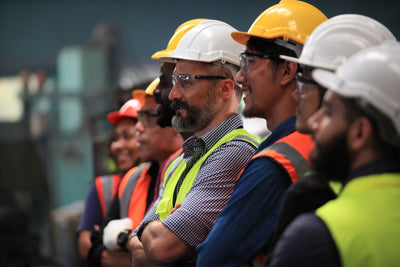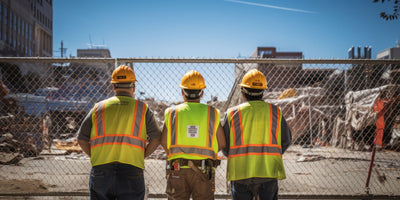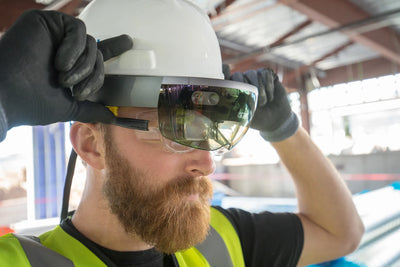Safety signage plays a crucial role in promoting a culture of safety and preventing accidents on construction sites. However, designing effective safety signage requires careful consideration to ensure clarity, visibility, and comprehension. In this blog, we'll explore the best practices for designing construction safety signage that effectively communicates hazards, instructions, and precautions, ultimately contributing to a safer workplace.
1. Prioritize Clarity and Readability
-
Use Clear and Concise Messaging: Keep safety messages simple and easy to understand, using straightforward language and universally recognized symbols.
-
Choose Legible Fonts and Colors: Opt for bold, sans-serif fonts and high-contrast colors to maximize readability, even from a distance or in low-light conditions.
2. Incorporate Visual Elements for Impact
-
Utilize Recognizable Symbols: Use internationally recognized symbols and icons to convey messages quickly and effectively, transcending language barriers.
-
Include Graphics or Illustrations: Supplement text with relevant graphics or illustrations to enhance comprehension and reinforce safety messages.
3. Ensure Visibility and Placement
-
Consider Size and Placement: Size safety signage appropriately to ensure visibility from various vantage points on the construction site. Place signage strategically in high-traffic areas and near potential hazards.
-
Utilize Reflective Materials: Choose signage materials that are reflective or fluorescent to improve visibility, particularly in low-light conditions or during nighttime work.
4. Provide Clear Instructions and Guidance
-
Specify Actions or Precautions: Clearly outline actions or precautions that individuals should take to mitigate risks or hazards identified by the signage.
-
Include Directional Information: Use arrows or directional cues to guide individuals towards safe routes, emergency exits, or designated assembly points.
5. Ensure Consistency and Compliance
-
Adhere to Regulatory Standards: Familiarize yourself with local regulatory requirements for safety signage and ensure compliance with applicable standards and guidelines.
-
Maintain Consistent Design: Establish a consistent design scheme for all safety signage on the construction site to facilitate recognition and reinforce safety protocols.
6. Solicit Feedback and Iteration
-
Seek Input from Stakeholders: Involve workers, safety professionals, and other stakeholders in the design process to gather feedback and insights on the effectiveness of safety signage.
-
Iterate Based on Observations: Continuously monitor the impact of safety signage and be prepared to make adjustments or revisions based on observations and feedback from the construction site.
Conclusion
Designing effective construction safety signage requires a thoughtful approach that prioritizes clarity, visibility, and comprehension. By following best practices such as prioritizing clarity and readability, incorporating visual elements for impact, ensuring visibility and placement, providing clear instructions and guidance, maintaining consistency and compliance, and soliciting feedback and iteration, construction companies can create signage that effectively communicates safety messages and contributes to a safer workplace for all. Remember, safety signage is not just a legal requirement—it's a critical component of a comprehensive safety program that protects the well-being of workers and enhances the overall success of construction projects.






